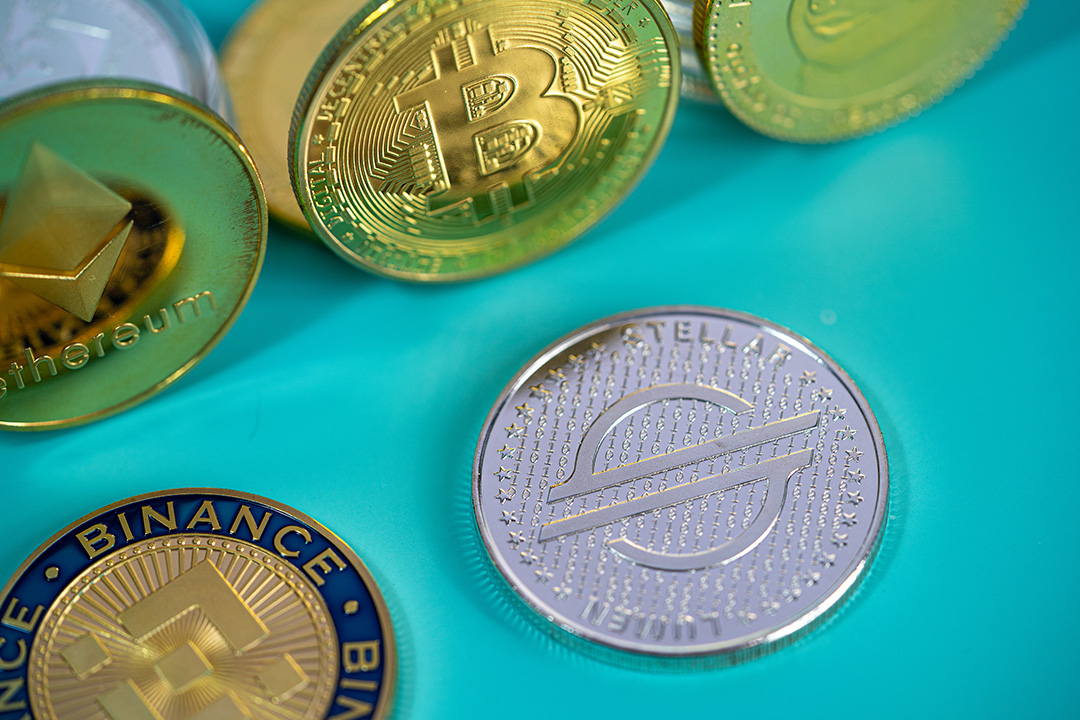Stellar Lumens (XLM)
Speculation in the cryptocurrency market is nothing new, and the Stellar network with its native currency, Lumens (XLM), has not been immune to it. A recent topic of interest among investors and enthusiasts is the potential for XLM to be backed by silver. This notion stirs up discussions about stability and intrinsic value, aligning digital assets with traditional precious metals.
However, as of now, Stellar Lumens is not backed by silver or any other physical commodity. It remains a decentralized protocol aimed at facilitating cross-border transactions. The speculation around XLM being backed by silver is purely hypothetical and not grounded in any announced plans or developments by the Stellar Development Foundation.
For investors, it’s important to differentiate between actual plans and rumors or wishful thinking. While the idea of backing a cryptocurrency with a tangible asset like silver is intriguing, it would represent a significant shift from the current operation and philosophy of the Stellar network. Such a move would aim to bring the perceived stability and historical reliability of silver to the digital currency space.
In conclusion, while the concept is thought-provoking, it’s essential to approach such speculation with caution. Investors should base their decisions on verified information and understand the speculative nature of discussions about silver backing for XLM or any other cryptocurrency.
Stellar Lumens (XLM) History, Capitalization and Distribution
Stellar Lumens (XLM), the native digital asset of the Stellar network, has a rich history and a substantial presence in the cryptocurrency market. Created in 2014 by Jed McCaleb, founder of Mt. Gox and co-founder of Ripple, along with former lawyer Joyce Kim, Stellar Lumens was envisioned as a decentralized protocol for fast and low-cost cross-border monetary transactions.
Initially, Stellar had 100 billion lumens, but the supply limit has since been reduced to 50 billion lumens, aligning with a focus on managing inflation and maintaining the asset’s value. The Stellar Development Foundation, which supports the Stellar network, has implemented significant upgrades over the years, including a new consensus algorithm in 2015, designed by Stanford professor David Mazières.
The Stellar network has expanded its reach through various partnerships and projects, such as the launch of Lightyear.io, a commercial entity of Stellar in 2017, and later Interstellar, which resulted from Lightyear’s acquisition of Chain, Inc. in 2018. In 2021, Franklin Templeton used Stellar to launch the first “tokenised” US mutual fund, marking a significant milestone in the adoption of blockchain technology in traditional finance.
While the notion of XLM being backed by silver remains speculative, the currency’s actual history, market capitalization, and strategic partnerships highlight its role as a dynamic player in the digital currency space.
History, Capitalization and Distribution details provided by ChatGPT 4.0

Leave a Reply